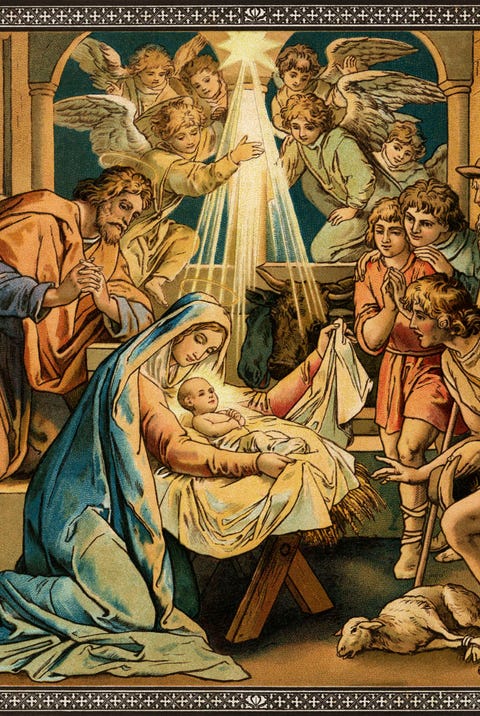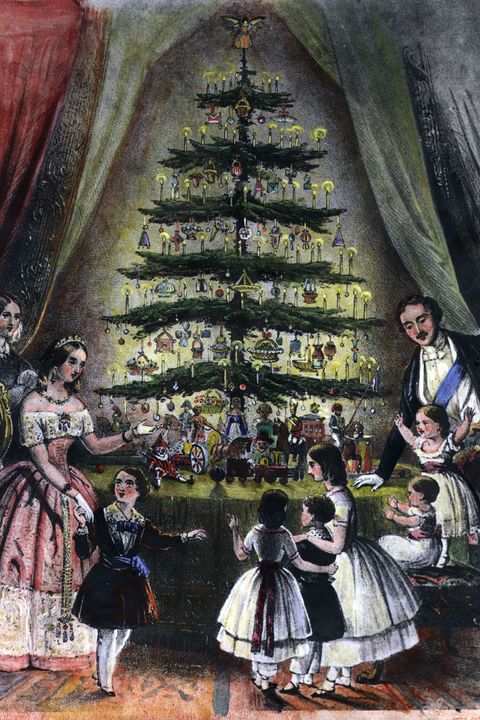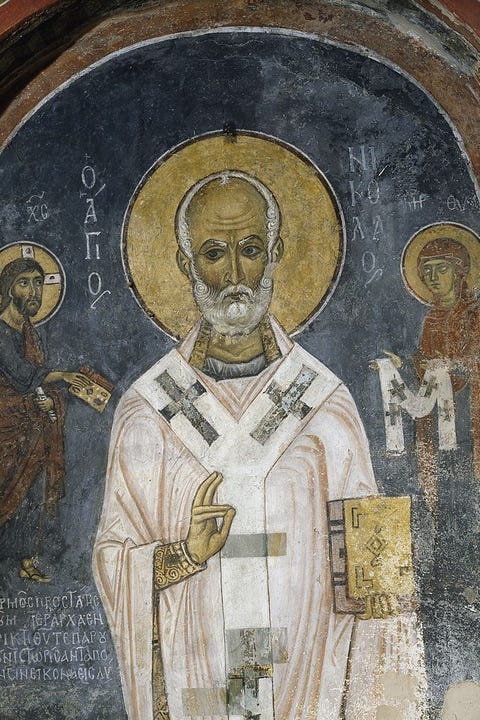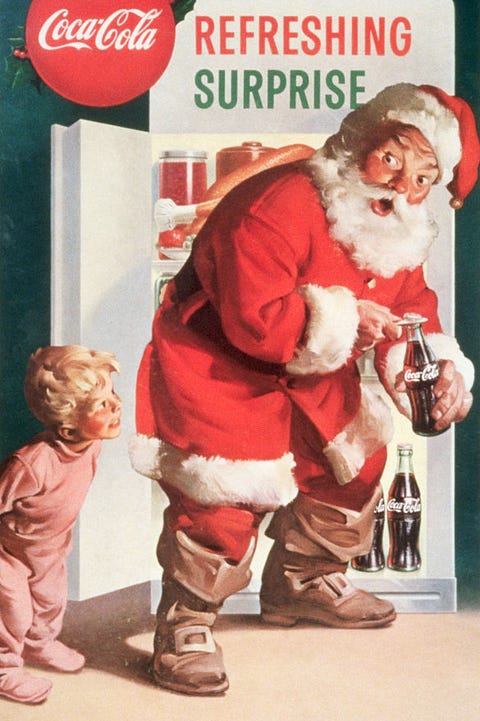1 Christmas wasn’t always on December 25

While Christmas celebrates the birth of Jesus Christ, the actual date is lost to history. There’s no mention of Dec 25 in the Bible and many historians say Jesus was really born in the spring. Some historians posit the date was originally chosen because it coincided with the pagan festival of Saturnalia, which honored the agricultural god Saturn with celebrating and gift-giving.
2 Gifts have both Christian and Pagan origins

Christians may have grown up learning that we give gifts at Christmas to mimic the presents the Three Wise Men brought the baby Jesus. But like so many other traditions, that also has its roots in Saturnalia. The pagans originally gave offerings to the gods, too.
3 Evergreens are an ancient tradition

The tradition of Christmas trees goes all the way back to ancient Egyptians and Romans, who decorated with evergreens during the winter solstice to signify that spring would return. So if you deck your halls with a green tree, wreaths or evergreen garland, you’re honoring history.
4 You can thank Prince Albert for your Christmas tree

Brew a cup o’ tea when trimming your tree this year to pay homage to its origins. When Prince Albert of Germany got a tree for his new wife, Queen Victoria of England, it really took off across the pond. A drawing of the couple in front of a Christmas first tree appeared in illustrated London News in 1848. To use modern parlance, the idea went viral.
5 St. Nick was more generous than jolly

You probably already knew that the idea of Santa Claus came from St. Nicholas . The saint wasn’t a bearded man who wore a red suit; that tradition came much later. In the fourth century, the Christian bishop gave away his large inheritance to the poor and rescued women from servitude. In Dutch, his name is Sinter Klaas, which later morphed into Santa Claus in English.
6 The Dutch gave us the idea to leave cookies and milk

If your kids leave Santa a little snack to keep him sated on your journey, thank the Dutch . On St. Nicholas’ feast day on Dec. 6, Dutch children leave him food and drink to be exchanged for gifts overnight.
7 Coca-Cola played a part in Santa’s image

Before Coca-Cola decided to use his image for advertising, Santa’s looks tended more spooky than jolly. Then, in 1931, the beverage company hired an illustrator named Haddon Sundblom to depict the jolly old elf for magazine ads. Now, kids see visions of sugarplums instead of having Santa-themed nightmares.
8Hanging stockings started by accident

Legend has it, we hang stockings by the chimney with care thanks to a poor man who didn’t have enough money for his three daughters’ dowries. Generous old St. Nick dropped a bag of gold down their chimney one night after the girls had hung their freshly-washed stockings there to dry. That’s where the gold ended up, and the tradition stuck.
9 Rudolph was a marketing ploy

Rudolph the Red-Nosed Reindeer first appeared in 1939 when the Montgomery Ward department store asked one of its copywriters to create a Christmas story for kids that the store could distribute as a promotion. The adorable movie featuring the island of misfit toys and Herbie the elf hit the airwaves (and our hearts) in 1964.
10 Black Friday isn’t the busiest shopping day

Black Friday, or the day after Thanksgiving, certainly sees lots of shoppers heading to the mall. But we must be a nation of procrastinators, because the most hectic days of the year are actually the Friday and Saturday before Christmas so plan ahead if you don’t care for crowds.























